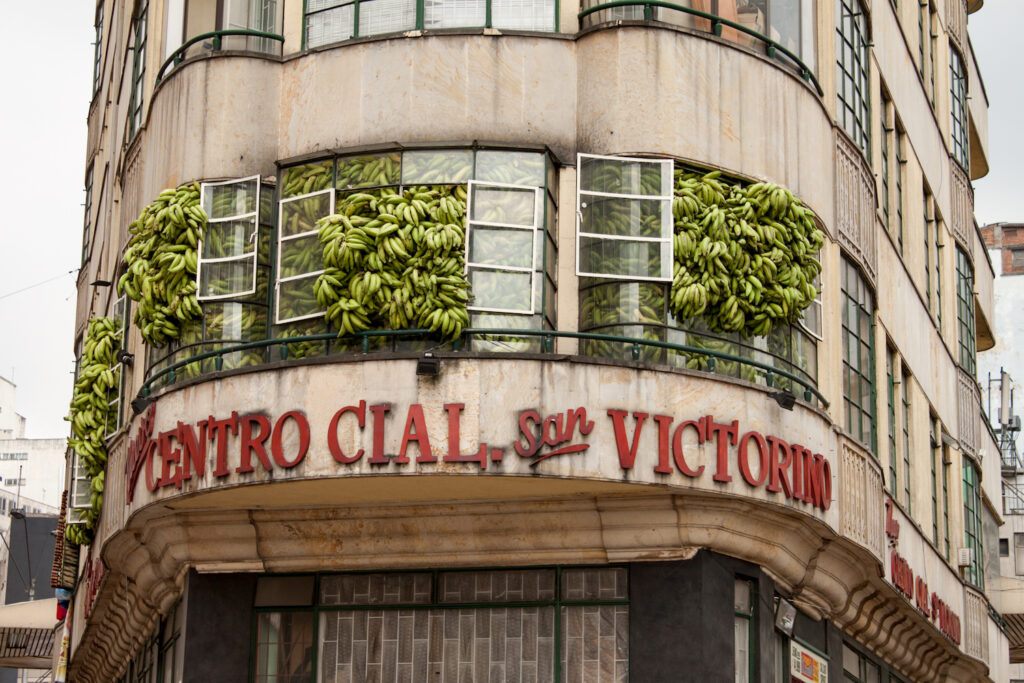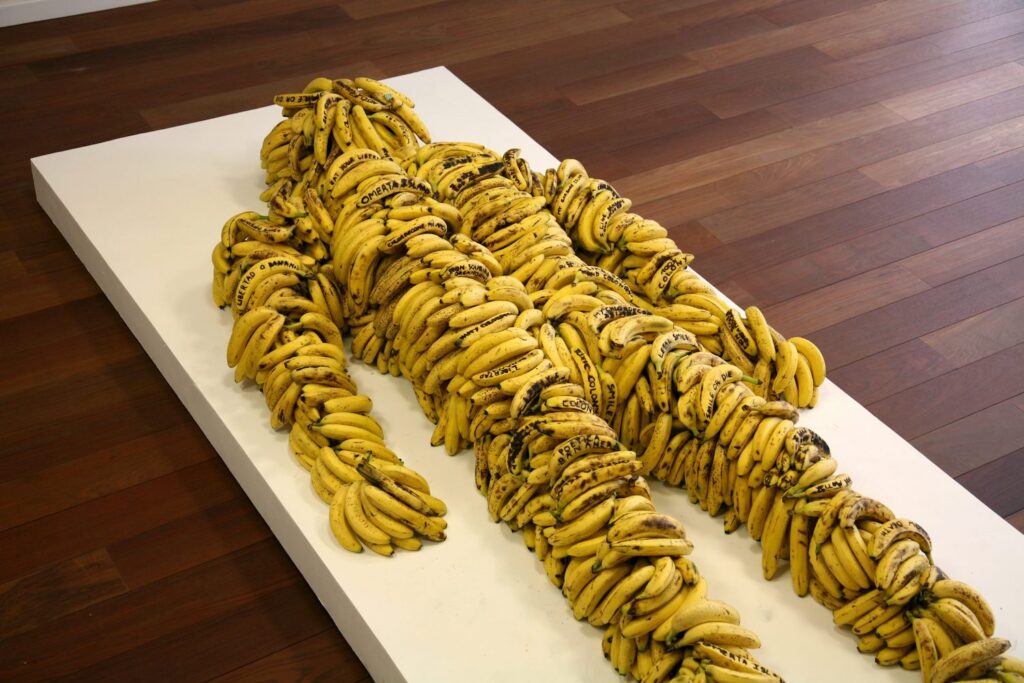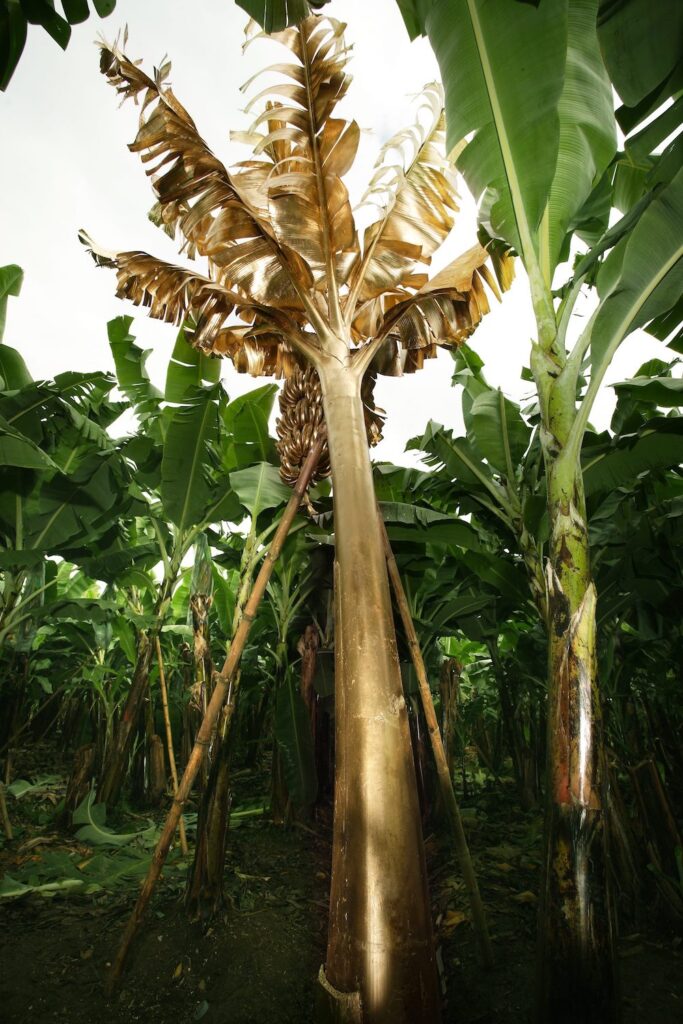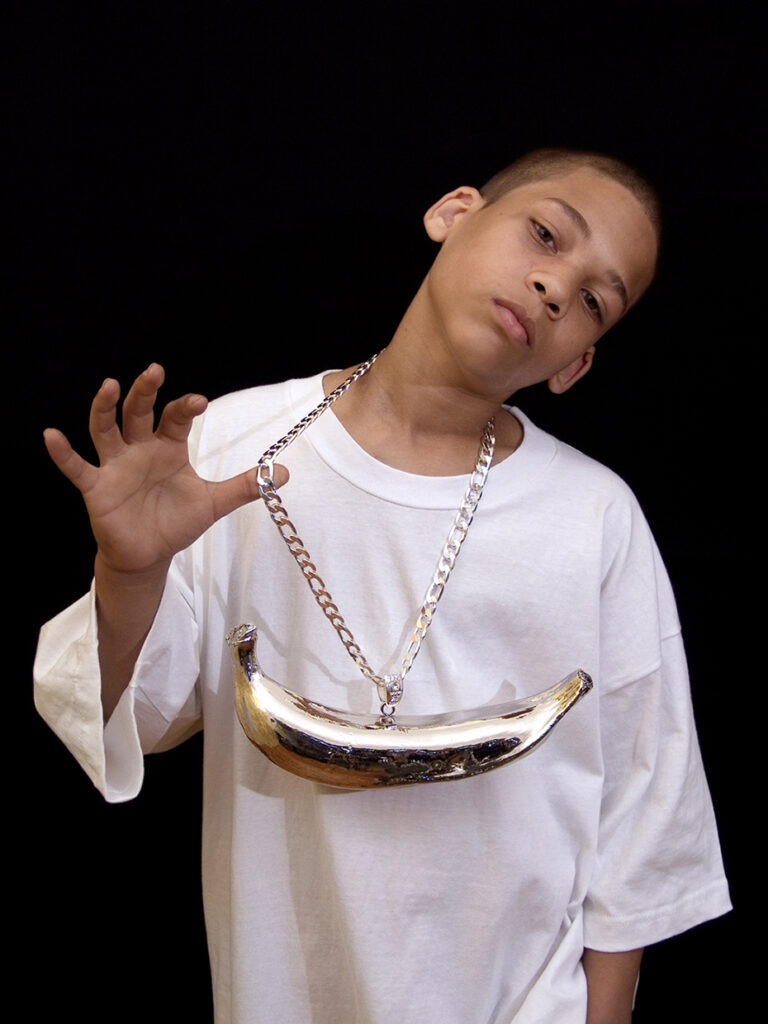
In 1871 the American entrepreneur Minor Keith won a contract with the government of Costa Rica to build a railroad from the capital city of San José to the port city of Limón. The project would modernize the country and increase exports, like in Chile and Peru, following the industrial expansion of the U.S. But before the Costa Rican railroad was complete in 1890, the government defaulted on its payments and renegotiated a deal which gave Keith’s company 800,000 acres of tax-free land along the railway and a 99-year lease on its operation.

The 100-mile route from the central valley to the Caribbean port was difficult and dangerous because of the terrain, climate, and tropical diseases; 4,000 workers died during construction of the first 25 miles of track. When the company could hire no more Costa Rican laborers, they recruited Chinese and Italian-American immigrants, and then thousands of Jamaicans. They fed them with bananas, which were prolific and easy to grow on the company’s large land grant.
The railroad itself wasn’t quickly profitable, but by 1899 Keith found an emerging market for bananas in the U.S. and established the United Fruit Company to export them. With about six percent of Costa Rica’s land, and control of its railway and port, United Fruit owned an entire supply chain for bananas.

As its market grew, the company made deals with other countries to build infrastructure in exchange for land, and by the 1930s United Fruit controlled rail lines and ports in Mexico, Guatemala, El Salvador, Honduras, and Columbia. The company grew to own 3.5 million acres of land and was the largest employer in Central America. By the time United Fruit became Chiquita Brands in the 1980s, it had consolidated monopolies and established economic and political control in export-dependent “banana republics.”
Today bananas are the most consumed fruit in the world, a $12 billion industry, with 75 percent of exports coming from countries in Latin America and the Caribbean. The digital exhibition La fiebre del banano (Banana Craze), hosted by the Universidad de los Andes in Bogotá, considers the trade’s exploitation of laborers, transformation of landscapes, and extraction of resources from Latin America.

Comprising about 100 works by 69 Latin American artists, Banana Craze has three thematic sections: Identities, Ecosystems, and Violences. Works in Identities reflect on the banana industry’s effect on individual, cultural, and national identities. Ecosystems more directly looks at the environmental impacts of the plantations, and Violences demonstrates the abuse of laborers and political instabilities caused by enclave economies. In addition to these sections, works are searchable alphabetically by artist name; chronologically, from 1960 through 2021; and geographically, with a map showing artists by nationality.

Bananas are the most grown fruit in South America and much of the Caribbean, yet most of the crop and its profits are exported by an extractive economic system. Banana Craze studies this troublesome reality through a comprehensive survey of bananas in contemporary art to explicate how the fruit has shaped much of Latin America’s history and culture.
Banana Craze is co-curated by Dr. Blanca Serrano of the Institute for Studies on Latin American Art in New York and Dr. Juanita Solano of the Universidad de los Andes in Bogotá. The exhibition is an ongoing research project and will continue to be updated with publications, discussions, bibliographies, and documentary resources.

For more bananas, see Björn Steinar Blumenstein’s and Johanna Seelemann’s Banana Passport and Maurizio Cattelan’s Comedian.
And read about the Lusanga International Research Centre for Art and Economic Inequality, a post-colonial artistic platform in the DRC.